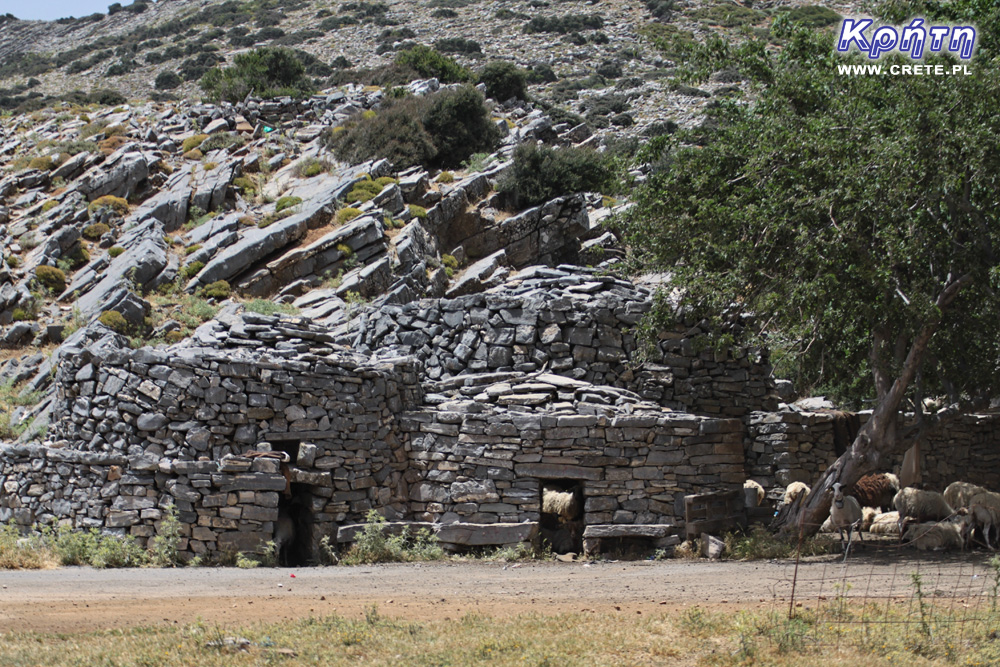
 2018-12-18 19:28:33
2018-12-18 19:28:33
During a journey through Crete, you have certainly stumbled upon the characteristic old stone buildings that locally bear the name of the myth. A large number of them survived especially in the mountainous regions of the island, where they are often still used by shepherds. In addition to the unusual shape of the mythos, they are also distinguished by an interesting construction technique. The walls and the vault are created using the art of dry stone wall, which in Greek is called xerolithia (ξερολιθιά). At the end of November, this technique was inscribed on the UNESCO list of Intangible Cultural Heritage of Humanity.
This decision was announced at the 13th Session of the UNESCO International Committee on the Protection of Intangible Cultural Heritage, held in Port Louis, Mauritius. For the inclusion of this technique on the list of Intangible Cultural Heritage, eight countries jointly applied, where there are buildings made using this art. Outside Greece, there were countries such as Cyprus, Croatia, France, Italy, Slovenia, Spain and Switzerland in the group of these countries.
The art of building a dry stone wall is a specific technique originating from prehistoric times. Over the centuries it has undergone some changes, mainly related to the stone processing technique, but the basic principles have not undergone any major evolution. Structures created using this technique are characterized by the fact that they are made by laying stones on themselves that are not joined by any cement or clay mortar. Sometimes only dry soil is used to fill the space between stones. According to UNESCO, it is precisely this specificity of this technique that makes it a perfect example of optimizing the use of natural resources in harmony with the environment.

Finally, it is worth adding that the art of dry stone wall is used not only to build pastoral shelters, or a myth, but also to build many other utility rooms. As part of this technology, retaining walls supporting terraces, bridges, roads, stairs and other communication routes were also constructed. A good example of other buildings where you will find dry stone walls are old mountain windmills. This technology was also used to build water mills, wine and oil presses.
Komentarze
Ale jak ktoś by nocował w takim budynku ( my spaliśmy w kaplicy na Psiloritisie, w Mitato Livada i Katsivelli to trzeba pamiętać ze taki mur daje słaba osłonę przed wiatrem - w mitatach osłoniętych górami było OK, ale na szczycie północny wiatr dawał się we znaki.
Wypełnij poniższy formularz aby dodać komentarz
lub kliknij w poniższy link aby skorzystać z możliwosci komentowania przez facebooka:
https://www.facebook.com/crete.poland/posts/10155899286287551